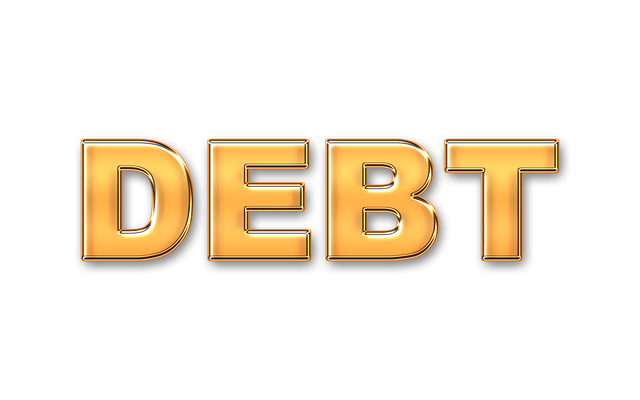Victoria title loans provide quick cash access using vehicle equity as collateral, ideal for individuals with less-than-perfect credit, offering flexible terms and keeping vehicles as security until repayment.
“Unraveling the mysteries of Victoria title loans, this comprehensive guide addresses your top queries. Discover the ins and outs of these unique financing options, perfect for those seeking quick cash. We demystify the process, clarifying who can apply and how it benefits borrowers.
Learn how Victoria title loans operate, offering a secure and efficient way to access funds using your vehicle’s title as collateral. Get ready to transform your financial questions into clear, actionable answers.”
What Are Victoria Title Loans?

Victoria title loans are a type of secured loan that uses the value of an individual’s vehicle as collateral. This innovative financing option allows borrowers to access cash quickly, often with more flexible terms than traditional bank loans. In exchange for the loan, lenders hold onto the title of the borrower’s vehicle until the debt is repaid.
These loans are particularly appealing to individuals who need fast funding and have a vehicle with significant equity. Unlike unsecured loans that require extensive credit checks, Victoria title loans often skip the rigorous credit check process, making them accessible to borrowers with less-than-perfect credit histories. This alternative lending solution can be a game-changer for folks in urgent need of financial assistance, providing them with the means to navigate through challenging financial periods until their next pay check.
Who Qualifies for These Loans?

Victoria title loans are a unique financing option designed for individuals who own a vehicle and are looking for a quick cash solution. To qualify for these loans, borrowers must meet certain criteria. Typically, lenders require proof of vehicle ownership, which can be established through a clear title. This ensures that the lender has collateral to secure the loan.
The application process involves providing details about your vehicle, including its make, model, year, and overall condition. A quick vehicle inspection is usually conducted to assess its value, which directly impacts the loan amount offered. Lenders also verify income and employment status through direct deposit or other means of verification to ensure borrowers can repay the loan. This streamlined process allows individuals who may not have excellent credit to access much-needed funds while keeping their vehicles as collateral, providing a convenient alternative to traditional loans.
How Do Victoria Title Loans Work?

Victoria title loans are a unique financing option that allows individuals to borrow money using their vehicle’s equity as collateral. It’s a simple process where lenders assess the value of your vehicle, typically through an inspection and evaluation of its make, model, year, and overall condition. Once approved, you receive a loan amount based on your vehicle’s appraised value. This alternative financing method is popular among those who need quick access to cash but may not qualify for traditional loans.
The process involves a few steps: applying for the loan, providing necessary documents, and signing the agreement. Lenders offer various repayment options tailored to borrowers’ needs, making it flexible. Unlike a Title Pawn, where the vehicle is physically taken over until the loan is repaid, Victoria title loans allow individuals to keep their vehicles while utilizing their equity for financial support. This makes it an attractive option for those seeking short-term funding without sacrificing their transportation.
Victoria title loans offer a unique financing option for individuals seeking quick cash. By utilizing the equity in their vehicle, borrowers can access funds with a simple and streamlined process. Whether you’re clear on what these loans entail or just beginning your research, understanding how they work and who they benefit is key. Now that you’ve explored the basics of Victoria title loans, remember that responsible borrowing is essential, and always weigh the benefits against the potential risks before making a decision.






